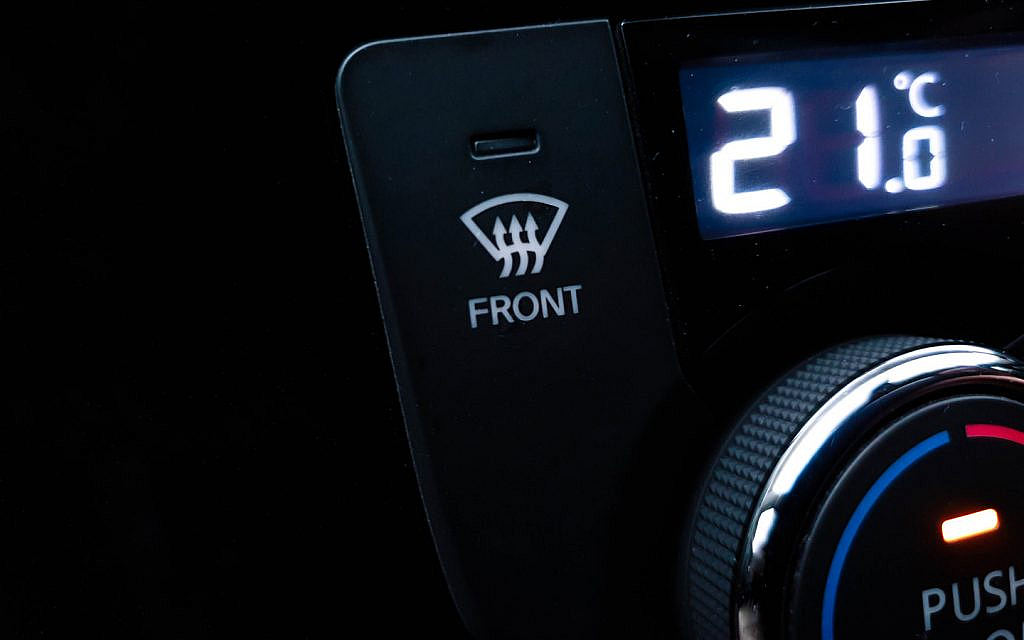Recognising the Signs of a Bad Electronic Stability Control (ESC)

Electronic Stability Control (ESC) is a critical safety feature in modern vehicles that helps drivers maintain control during challenging driving conditions. However, like any system, ESC can experience issues that compromise its effectiveness. Following, we will delve into the signs of a malfunctioning ESC and the potential implications for driver safety. By understanding these signs, you can take proactive measures to address any problems and ensure the proper functioning of your ESC.
Functions of Electronic Stability Control

Electronic Stability Control is a vital feature in vehicles that utilises sensors to monitor the vehicle’s direction of travel and the steering wheel’s position. If any issues arise with the steering control, ESC automatically applies brakes to individual wheels, ensuring the car is brought back on track safely.
ESC assists drivers in maintaining control by:
- Correcting Oversteering or Understeering: When a vehicle oversteers (rear end slides out) or understeers (front end loses grip), ESC intervenes by selectively applying brakes to specific wheels. This helps in stabilising the vehicle and bringing it back to its intended path.
- Enhancing Stability during Maneuvers: During sudden and aggressive manoeuvres, such as swerving or emergency lane changes, ESC detects any potential loss of control. It then adjusts brake pressure to individual wheels, ensuring stability and preventing the vehicle from skidding or spinning out.
- Improving Handling on Challenging Surfaces: ESC is particularly valuable on surfaces with low traction, such as gravel or slippery roads. By monitoring wheel slip and making necessary adjustments, ESC improves vehicle handling, enabling better control and reducing the risk of sliding or spinning.
To achieve these control functions, ESC incorporates various technologies, including different types of anti-lock brakes (ABS) and traction control. These components work together to keep the vehicle under control and on the intended path.
Signs of Bad Electronic Stability Control
Here are some signs of bad electronic stability control to be aware of:
Warning Lights

One of the primary signs of Bad Electronic Stability Control is the illumination of warning lights on the dashboard. When ESC detects a fault or is disabled, a specific warning light, often labelled “ESC” or “ESP,” will appear. This bad electronic stability control warning light serves as an alert to the driver that there is something wrong with your ESC system.
Additionally, some vehicles display accompanying messages, such as “ESC Fault” or “ESC Disabled,” providing further insight into the issue. If you observe these warning lights or messages, it is crucial to address the problem promptly.
Besides, dashboard warning lights can also be a sign of bad engine control module.
Traction Loss and Skidding
ESC plays a vital role in preventing traction loss and skidding by selectively applying brakes to individual wheels. However, a malfunctioning ESC system may fail to intervene appropriately, leading to increased instances of traction loss and skidding. You may experience difficulty maintaining control during sharp turns, sudden lane changes, or slippery surfaces.
These situations can be particularly dangerous, as they increase the risk of losing control of your vehicle. If you encounter frequent instances of traction loss or skidding, it is essential to have your ESC system examined by a qualified technician. Besides, if you have a traction control system in your vehicle, you can easily maintain a grip on the road.
Unresponsive or Inconsistent Braking

ESC works in conjunction with the Anti-lock Braking System (ABS) to enhance vehicle stability. When ESC malfunctions, the ABS may be affected, resulting in unresponsive or inconsistent braking. You might experience a soft or spongy brake pedal, a delay in braking response and reduced braking effectiveness.
Such issues can significantly compromise your ability to maintain control during emergency braking or in hazardous road conditions. Have your ESC system checked immediately if you notice any unusual braking behaviour.
Increased Tyre Wear
A malfunctioning ESC system can contribute to uneven tyre wear. When ESC fails to distribute braking force evenly among the wheels, it can lead to accelerated wear on specific tyres. Uneven tyre wear not only compromises vehicle stability but also reduces overall traction.
Regularly inspect your tyre tread depth and look for signs of uneven wear. If you notice irregular tyre wear, it may indicate a problem with your ESC.
Unexpected Vehicle Drift
ESC is designed to help keep your vehicle on its intended path by adjusting brake pressure and engine power. However, a faulty ESC system might fail to correct a vehicle’s drift, even during normal driving conditions. If you find yourself having to correct the vehicle’s direction or notice it drifting, it could be a sign of ESC malfunction. This issue requires immediate attention to ensure your safety and the safety of others on the road.
Electronic Stability Control is one of the modern car safety features that help drivers maintain control and stability in various driving conditions. Recognising the signs of a malfunctioning ESC, such as warning lights and unresponsive braking is crucial for maintenance.
If you notice any of these symptoms of a Bad Electronic Stability Control, consult a qualified mechanic to diagnose and resolve the issue. Remember, a properly functioning ESC system is essential for your overall safety and driving experience.
Given that ESC is a standard feature in the majority of modern cars, it is readily available in a wide range of used cars in the UAE for sale. You can easily find a variety of pre-owned cars with electronic stability control when browsing through listings on online platforms.
Stay connected to the dubizzle top automotive blog for comprehensive insights on various car sensors and cutting-edge features.






































